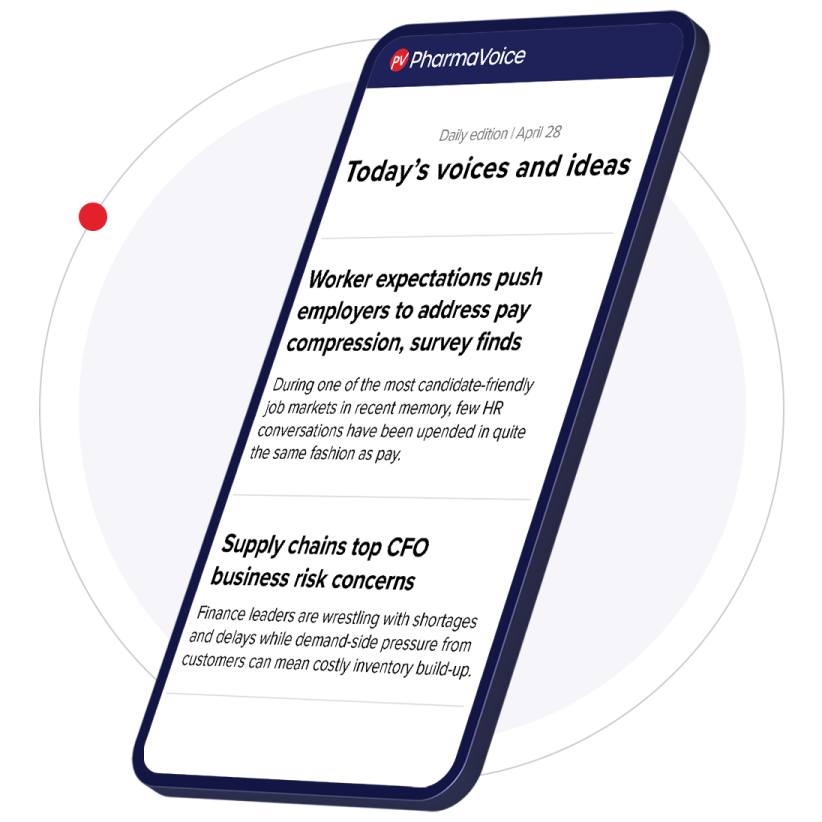In the high-stakes world of clinical research, innovation doesn’t just happen in the lab; it must cross the clinical trial finish line. Yet for many sponsors, sites, and researchers, patient recruitment—or the “last mile”—remains a costly bottleneck where enrollment lags, and promising treatments stall.
What separates successful trials from failed ones? The key lies in how stakeholders navigate this last mile. The differentiators? Real-world data (RWD), advanced analytics, and modern technology.
Here’s a roadmap to reimagine this critical phase, turning traditional obstacles into fast lanes for approval, equity, and innovation.
The Last Mile: Where Trials Triumph or Tumble
The last mile isn’t just the final phase; it’s the defining one. Failure to recruit the right patients or activate the right sites leads to expensive delays. Consider this: 11% of sites enroll no patients, and 37% under-enroll. Every day a drug is delayed can cost sponsors up to $8 million in lost revenue.
Success demands a shift from reactive tactics to proactive, data-informed strategies. That’s where smarter site identification, faster enrollment, and better retention—driven by RWD—come in.
Step 1: Redefine Site Identification with Data, Not Guesswork
Traditionally, site identification has relied on familiarity and past performance, an approach ill-suited to today’s evolving healthcare landscape. Over-reliance on high-performing sites causes fatigue, slows enrollment, and limits diversity. Meanwhile, underserved areas with viable patient populations go untapped.
The solution? RWD-powered, patient-centric site identification. By analyzing de-identified electronic health records (EHRs), sponsors can locate where qualifying patients already receive care and activate those sites first.
Key tactics include:
- Precision Cohort Identification: Use filters like demographics, diagnoses, procedures, medications, and labs to align real-world patients with protocol criteria.
- Patient-First Site Strategy: Begin with community and research-driven sites where patients already receive care, expanding to academic centers for broader reach.
- Diversity by Design: Tap RWD to identify and include underrepresented populations.
- Smart Activation: Evaluate real-time data on staffing, startup speed, and infrastructure to prioritize ready-to-enroll sites.
This approach accelerates activation, improves enrollment, and increases representation.
Step 2: Revolutionize Patient Recruitment and Retention
Even with the right sites, recruiting qualified patients is a persistent challenge. Traditional methods like ads and social media often yield unqualified leads, overwhelming site staff and inflating costs.
But the bigger issue? Dropout. Nearly 30% of participants leave mid-trial; 90% due to preventable issues like logistical burdens or disengagement.
The answer: smarter recruitment, fueled by RWD, AI, and patient-focused tools.
Effective strategies include:
- Federated Networks: Conduct real-time, privacy-compliant searches across healthcare organizations, in alignment with leading global data protection laws.
- Artificial Intelligence (AI) and Predictive Analytics: Identify potential participants early through longitudinal health data.
- Digital Waiting Rooms: Track near-eligible patients for timely enrollment.
- Interactive Dashboards: Monitor enrollment, engagement, missed visits, and protocol adherence.
- Hybrid Trial Models: Use telehealth and remote monitoring to reduce burdens and expand access.
- Engagement Apps: Offer mobile tools for reminders, education, and progress tracking.
By combining clinical insight with digital convenience, sponsors can boost both recruitment and retention.
Step 3: Learn from the Front Lines
Leading organizations are already seeing results.
Case in Point: Lupus Trials
A U.S. academic medical center faced challenges enrolling lupus patients. Strict criteria and a narrow population made progress difficult. By working with federated RWD in the TriNetX network, applying AI, and enhancing engagement, the team overcame barriers—helping ensure new treatments reach the patients who need them.
Another Win: Myeloma Recruitment
A research team sought to fix recruitment delays in myeloma trials caused by manual identification. By adopting a patient-centric, data-first model using TriNetX, they accelerated screening, expanded access (including rare disease cohorts), and improved trial feasibility.
The Future Is Federated, Predictive, and Patient-First
The last mile may be the most complex stage of a clinical trial, but it’s also where the most transformative innovations are possible. RWD, paired with intelligent tools and patient-first strategies, empowers clinical teams to reduce timelines, control costs, and improve access to life-changing therapies.
Want to see how a data-first strategy can help you conquer the last mile? Download TriNetX’s new guidebook, Bridging the Last Mile, for a deeper dive into smarter, faster, and more inclusive clinical trials.








